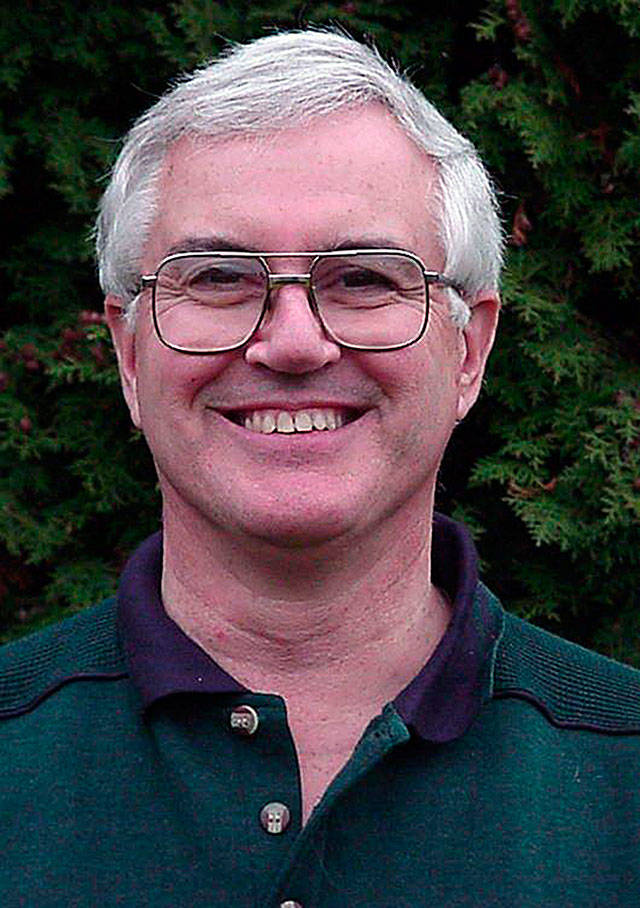As I watched helicopters making water drops on the Sumner Grade fire on 410 below Bonney Lake last week, who would have imagined we would experience the fire events of the past few weeks?
It raises the question of how safe are our urban forests and greenbelts from such extreme conditions. Climate change is likely one of the contributors as temperatures continue to rise and summers become drier and stress our vegetation.
I do not intend to discussing mankind’s contribution to the events because it is an emotional, political and sometimes silly discourse. But we are not innocent bystanders.
I am concerned that many of the recent fires in the south Puget Sound appear to have started from road sides. This makes one wonder if some unstable humans are involved. Trees falling on power lines and other events are reported to have caused some of the fires.
Now to address the safety of our local forests. Generally, spring and summer rains nourish our trees. This has been the norm that may be slowly changing. This does not mean clear cutting urban forests and greenbelts to reduce the fire danger.
A Local Forest Management Plan
I wish to share one example of how forest management of a local HOA has improved forest health and reduced fuel that would help carry a fire. I have worked with the West Tapps Maintenance HOA for over 20 years in helping to managing its greenbelts.
It initially began with periodic inspections of the greenbelts and identifying and removing dead, dying and otherwise hazardous trees. Laminated root rot occurred in pockets and identifying and removing diseased trees became a high priority. Some hazardous trees were topped to create a snag, or wildlife tree, that could be utilized by woodpeckers and other small creatures.
Michelle Wittmier, General Manager, stated that the HOA became more aggressive last year. It arranged for crews to haul away wood debris to reduce the amount of fuel sources that could carry a fire. They focused on parts of the greenbelt where fires could threaten certain residential areas and a school.
Admittedly, the forest management activities over the years did not come without a bit of controversy and expense. But she is extremely pleased that the decisions have increased the forest health, remove hazardous conditions and reduced the risk of debris promoting the spread of potential forest fires.
Is this a blueprint for other HOA’s with forested greenbelts? Very likely. However, it requires HOA board members to commit time and expense to such an effort. I have worked with a few other HOA’s where a less intensive approach was developed.
Kudos and Prayers
What more can be said about the first responders involved in attacking the fires. Under unpredictable high winds, little can be done to halt the advance of a roaring fire. But the efforts to protect houses under certain conditions saved many structures. The helicopter pilots may be half crazy, but to watch them dart in and out of the thick smoke clouds seems to be above and beyond the call of duty. They deserve a special accommodation for their brave efforts.
This cannot be said enough times, but to those who personally or have friends or neighbors that lost homes and lives, we offer our sincere prayers and support for difficult times that lie ahead. May God bless you and yours.
Dennis Tompkins is an ISA Certified Arborist, Certified Hazard Tree Assessor, Master Gardener and Urban Forester from the Bonney Lake-Sumner area. He provides pruning of small trees, specializes in Japanese maples, pest diagnosis, hazardous tree evaluations and other services. Contact him at 253 863-7469 or email at dlt@blarg.net. Website: evergreen-arborist.com.


